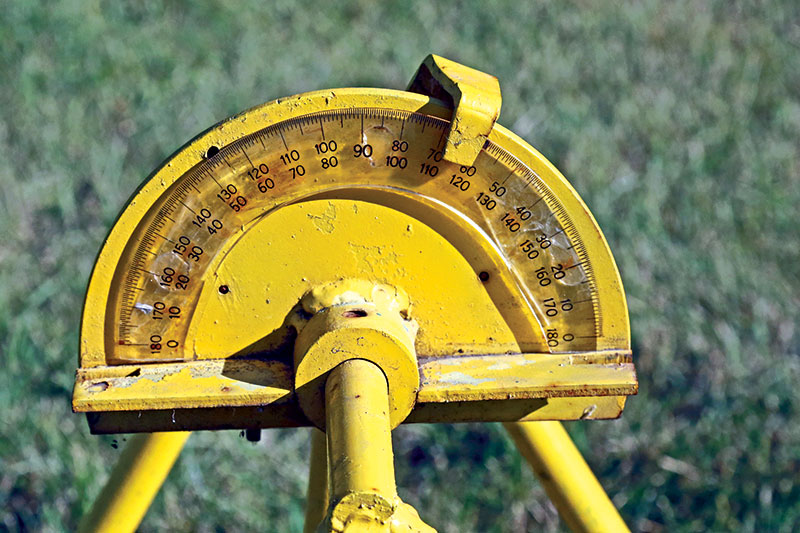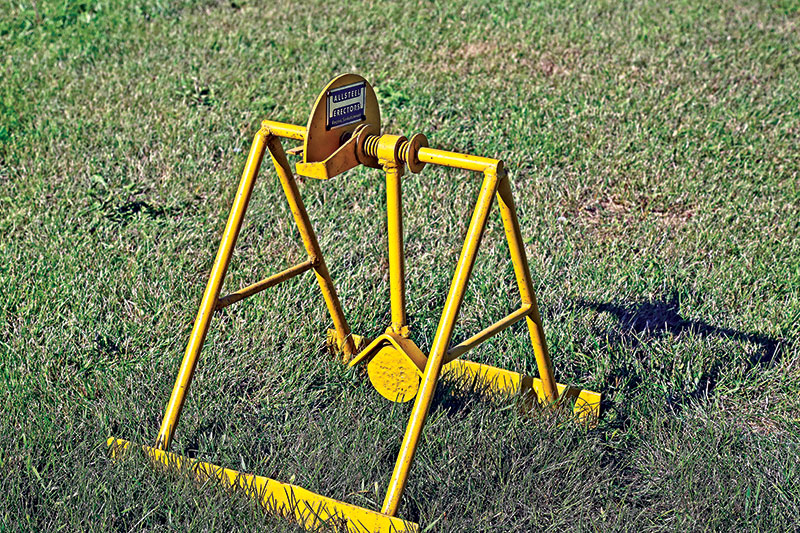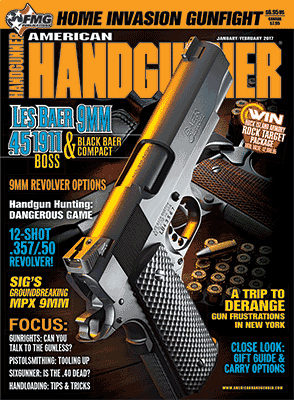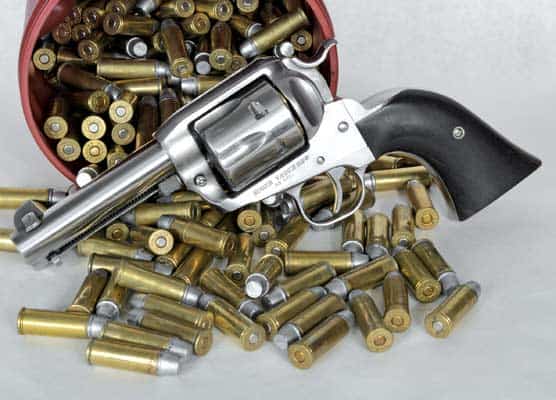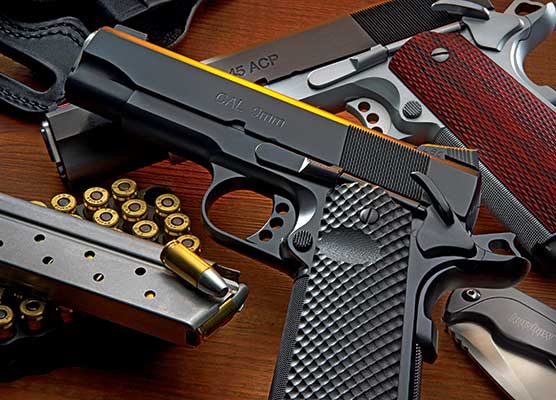Peter The Power Meter
The International Practical Shooting Confederation (IPSC) was formed in 1976. It was organized as an umbrella confederation made up of countries (regions) each with its own administrative body. Initially the US organization was simply called the “US Region” and the United States Practical Shooting Association (USPSA) was not formed until 1984. Jeff Cooper was the first IPSC president. He had recently established the American Pistol Institute (API) at his Gunsite facility in Arizona. From there he sent a series of bulletins intended to help regions establish the sport.
Initially IPSC regions modeled their rules and courses of fire on organizations which preceded IPSC, such as the Bear Valley Gunslingers and the Southwest Pistol League (SWPL). The first draft of IPSC rules didn’t appear until June 1978. Incidentally the first set of rules — all 37 of them — easily fit on two pages.
The first principle of practical shooting reads: “Accuracy, power and speed are the equivalent elements of practical marksmanship, and practical competition must be conducted in such a way as to evaluate these elements equally.”
Evaluating accuracy is easy; just score the bullet holes on target. Evaluating power and speed was not so straightforward back then, at a time when chronographs were scarce and expensive, and electronic shot timers had yet to be invented. “Whistle and stopwatch” were the range officers’ tools for measuring speed.
To estimate power we had the power meter, a simple form of a ballistic pendulum. The ballistic pendulum used by Cooper at the American Pistol Institute, and recommended for use by IPSC clubs, was designed by Mike Horne of Bakersfield, CA.
Bless The Packrats
I had been fascinated by the concept of practical shooting competition and wanted to try it. In 1974 my only centerfire handgun was a Model 19 S&W revolver. But about 1977 I bought a used, near-new Colt Series 70 Gold Cup National Match .45. At a pawnshop I bought (for $5) a Bianchi holster, complete with safety strap. I splurged on two new Colt magazines, and my wife made a double magazine carrier out of some elastic webbing. I felt pretty well equipped when we finally got a local IPSC-affiliated club formed around 1980.
The club had a power meter fabricated by a local metalworking shop, based on Mike Horne’s plans. But, by the early 1980’s chronographs had become so moderately priced every club could afford one. Poor old Peter the Power Meter was stored away and soon got covered over with target stands and Pepper poppers.
It survives today thanks to the efforts of my friend Jamie Callin. It was Jamie who put me through the qualifying shooting tests our club required before one was allowed to compete back in the old days. Jamie had the foresight to salvage the old meter when it was going to be thrown away, rusted and sadly neglected. He ground and sanded off the rust and repainted it bright yellow. Being a world-class packrat, he even found the plastic protractor, and our club’s copy of Mike Horne’s original plans.
The first draft of rules said the power meter was to be calibrated using the “standard charge” of .45 ACP for major, 9mm for minor. In another bulletin Cooper noted the Star PD (3.9″ barrel) and commercial match hardball was what they used at API.
In our club it was the practice to calibrate major loads using a Colt Commander (41/4″ barrel) and Winchester 230-gr. FMJ. I was the only club member who owned such a pistol, actually a satin-nickel Combat Commander I had picked up secondhand. In retrospect, it was probably the main reason they let me join.
A couple of bullet dents on the frame of the power meter resulted from another problem. We found a lot of shooters couldn’t shoot accurately enough to hit the 3″ plate from about six yards. Or if a good shot did all the testing, he’d find pistols not sighted in well enough to hit the plate.
The power meter wasn’t very precise, but it did serve the goal of ensuring competitors were using full power loads.

